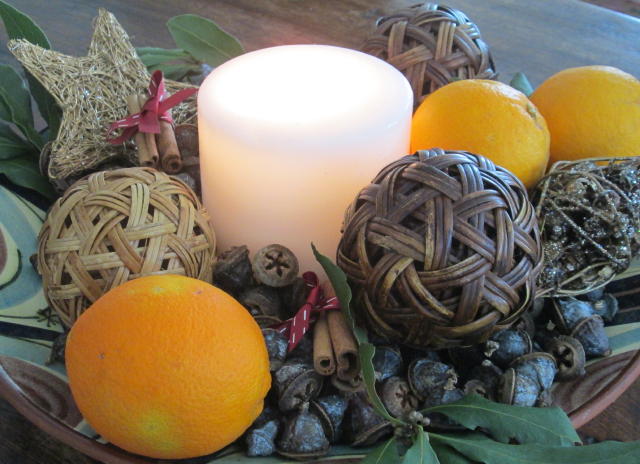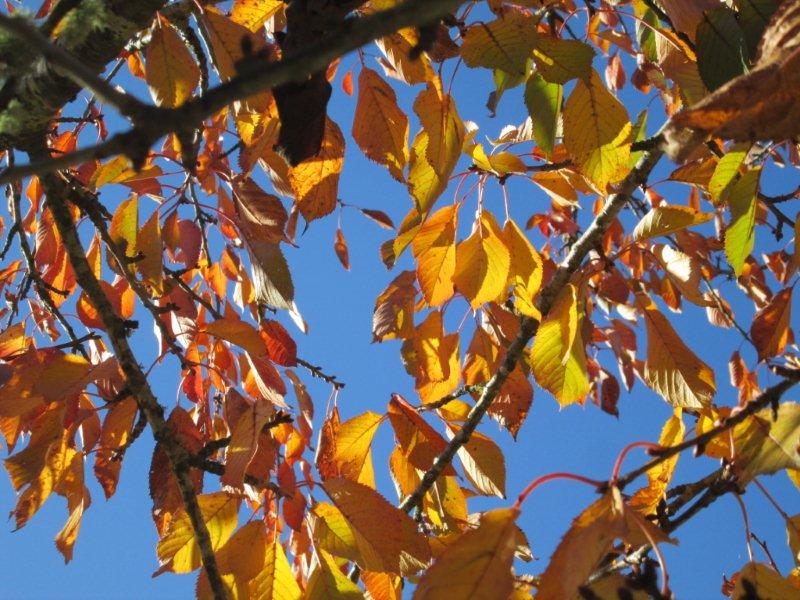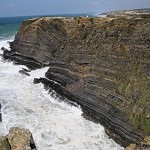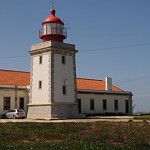As we start to test our New Year resolutions, so does the Portuguese Traffic Department. Theirs is to fine the nation into better driving habits to line them up with their European counterparts.
While this may be a welcome sign for many who bemoan the lack of local driving skills, it also puts us on the spot. Imagine hire car indicating left, then right then suddenly instructed to veer off completely by gesticulating passenger deciphering a map or bent over the GPS – a common sight, as too the matchbox cars invariably driven by an old man under a cap, pottering along oblivious to everything around him. Incidentally, these 270 to 500cc engines called “mata-velhos” (literally and somewhat sinisterly translates “killer of old people”), do not require a drivers licence. The name may have something to do with this and the number of accidents they cause.
Some of the main things to look out for, according to information from The National Authority for Road Safety “ANSR” (www.ansr.pt):
In addition to identification documents, drivers must now carry their fiscal card or printout from the Finance Department stating their fiscal number.
Cell phones have long been prohibited but now the use of double earpieces is too. Only single earpieces are allowed.
Children have to be in a booster seat until they are 1.35m tall.
Cyclists have new rights. Allow at least 1.5m when passing a cyclist and be aware that they are considered as vehicles on roundabouts and in traffic generally. Their responsibility is to carry identification and use lights at night. Riding on pavements is illegal.
In urban areas used by pedestrians, cyclists and vehicles, deemed “zones of co-existence”, the speed limit has been reduced to 20km/h.
Most significant are the changes to roundabout etiquette. Only travel on the far right hand lane IF you are taking the next exit. Otherwise travel in the inner lane and indicate to move to the right lane when you are sure of the exit. Watch out because exceptions apply to heavy vehicles, bicycles and animal-drawn vehicles. The fine for getting this wrong ranges from €60 to €300.
Hopefully, driving round and round and round until we get our bearings is not considered an offense. Algarve roundabouts are pretty and tame compared to Lisbon’s Marquês de Pombal and the Airport’s Relógio. There, forget maps and your GPS, take a deep breath, get into that inner lane and be prepared to get it wrong several times.










